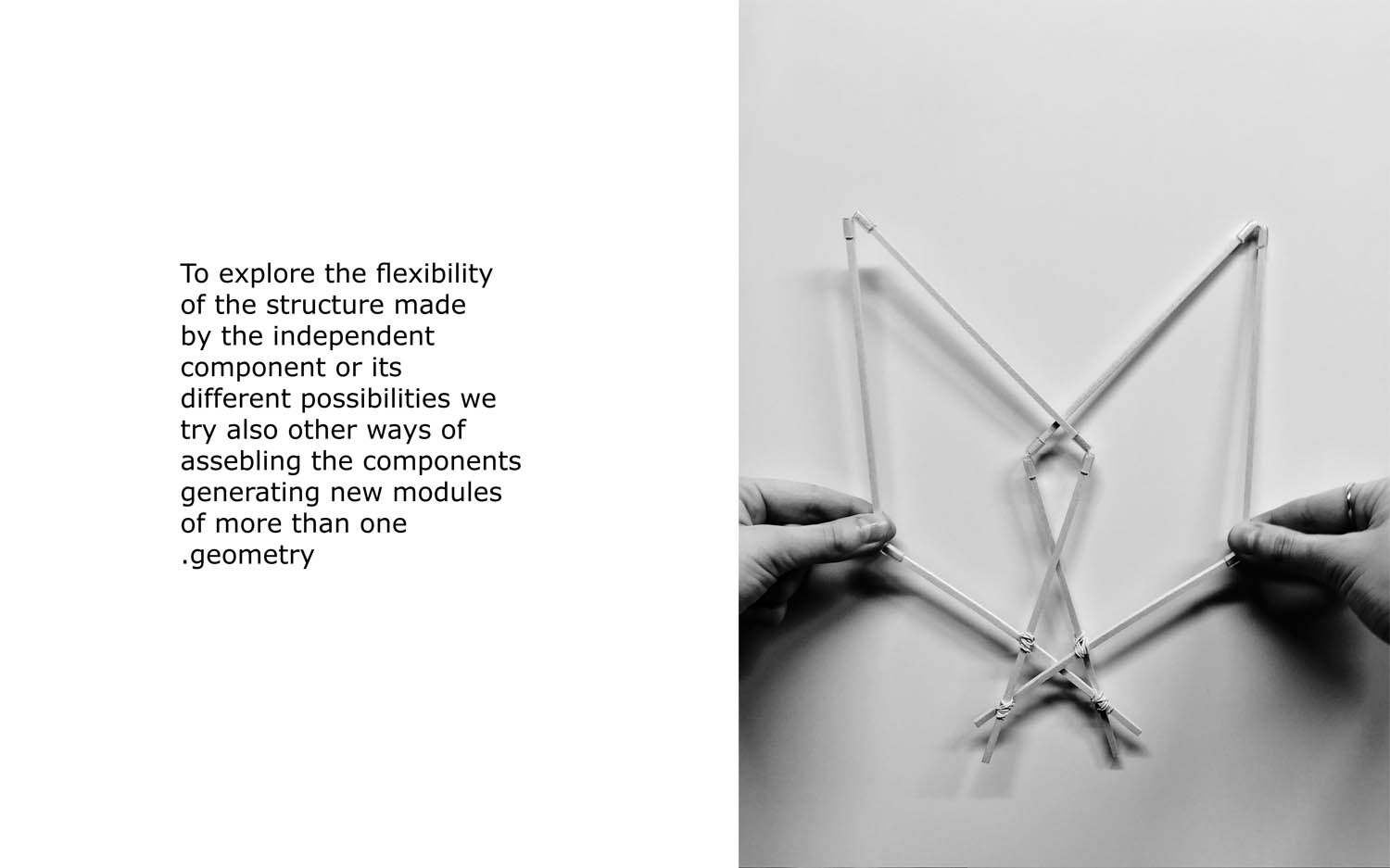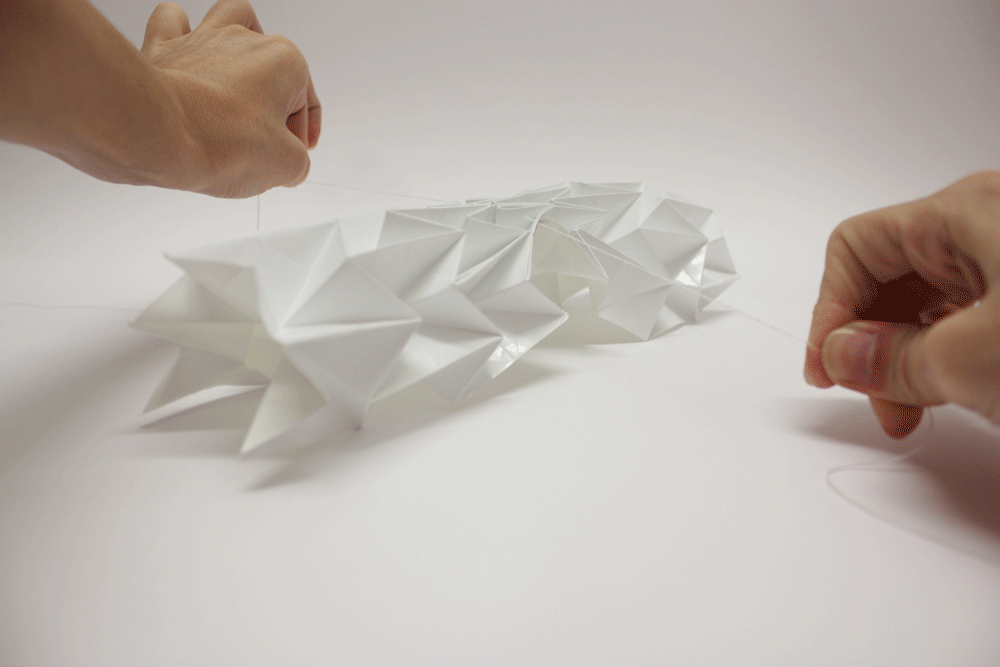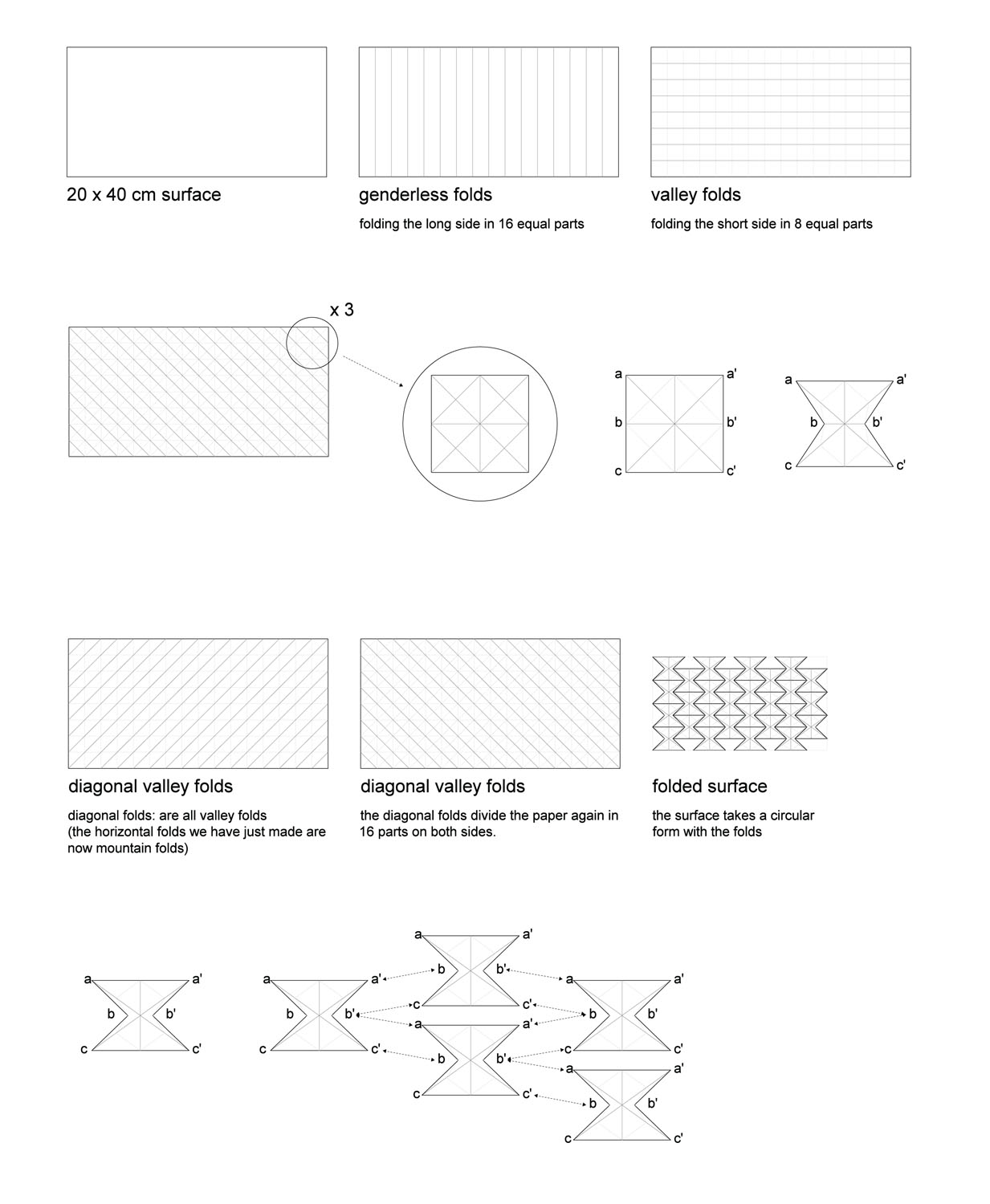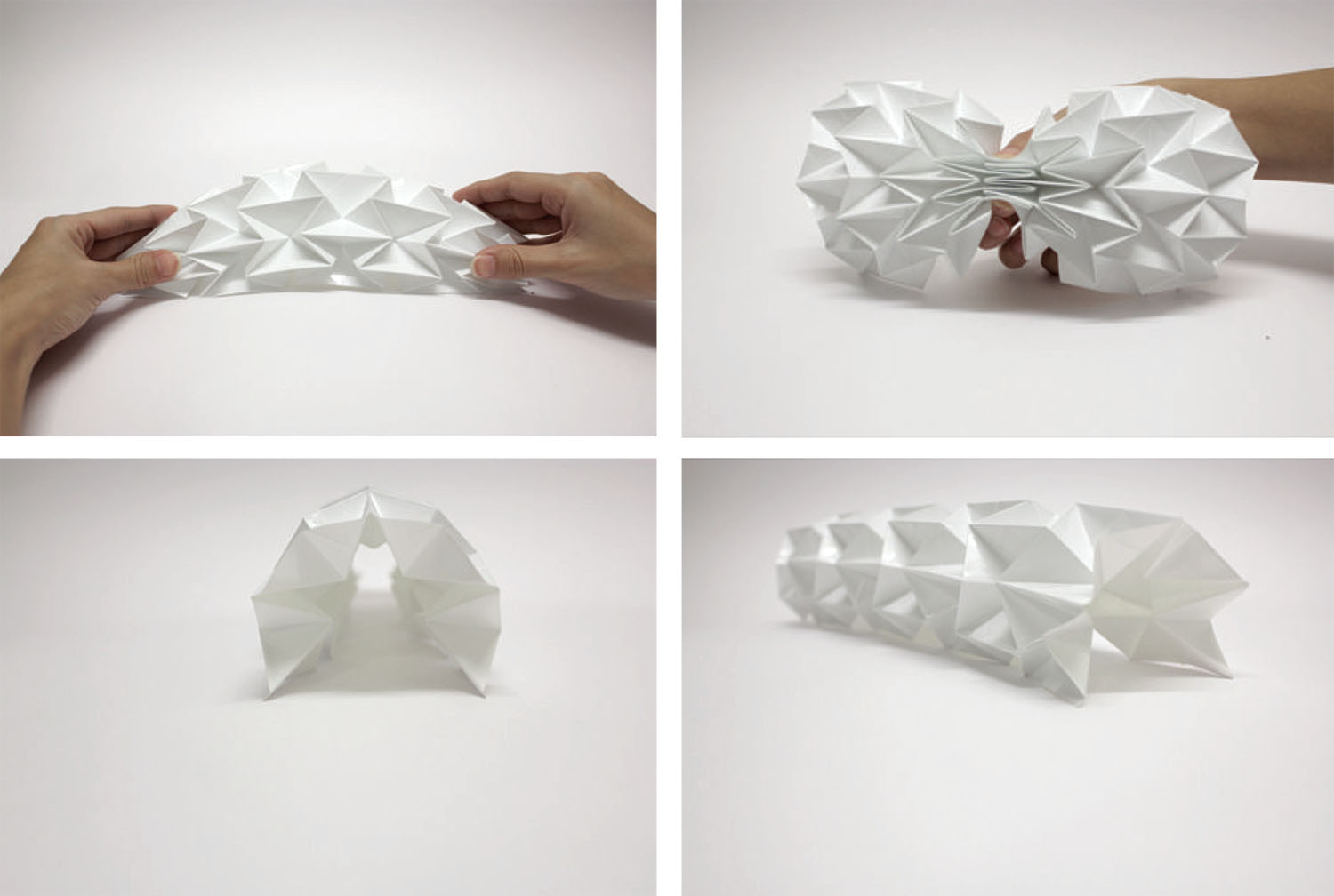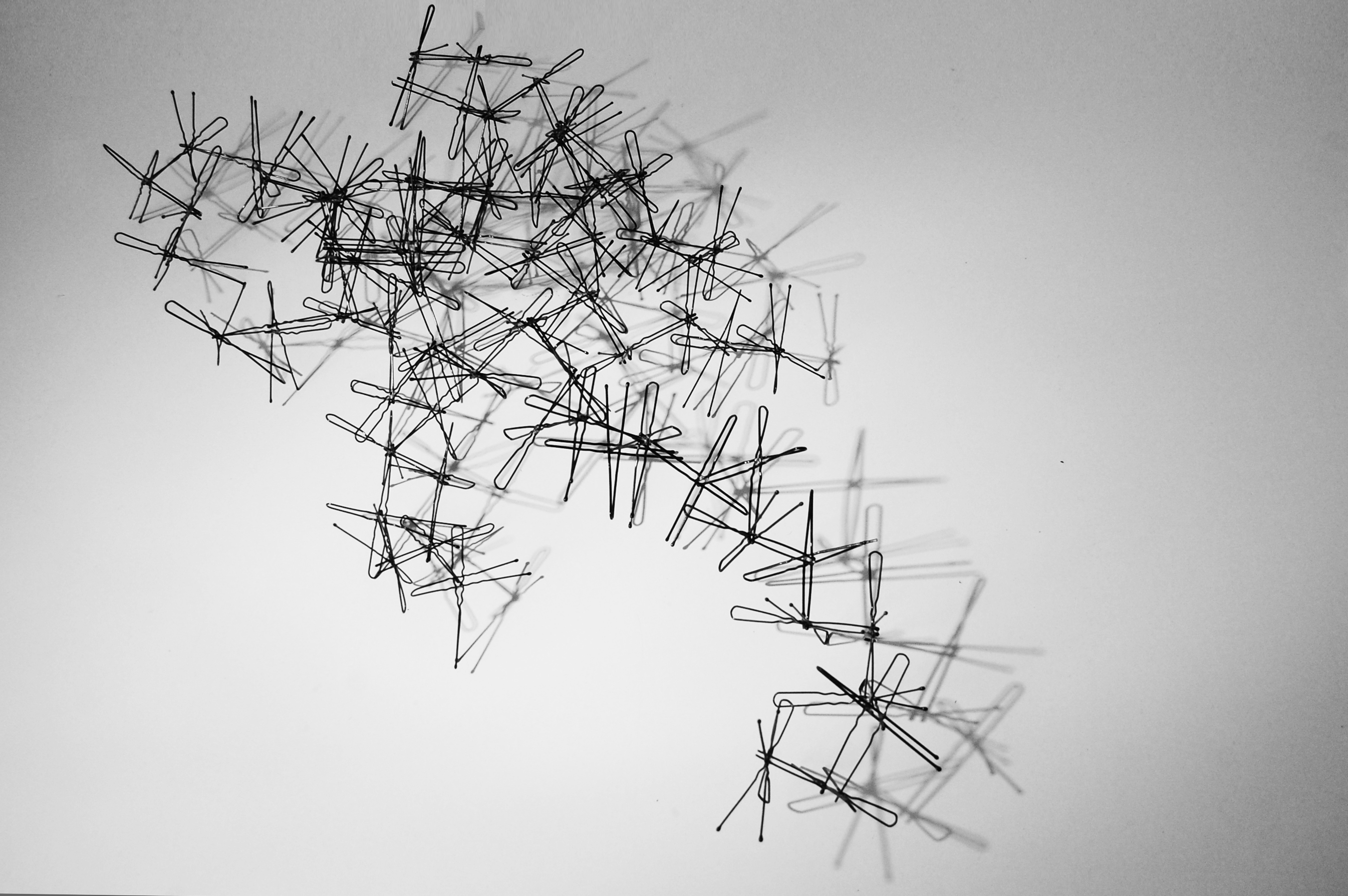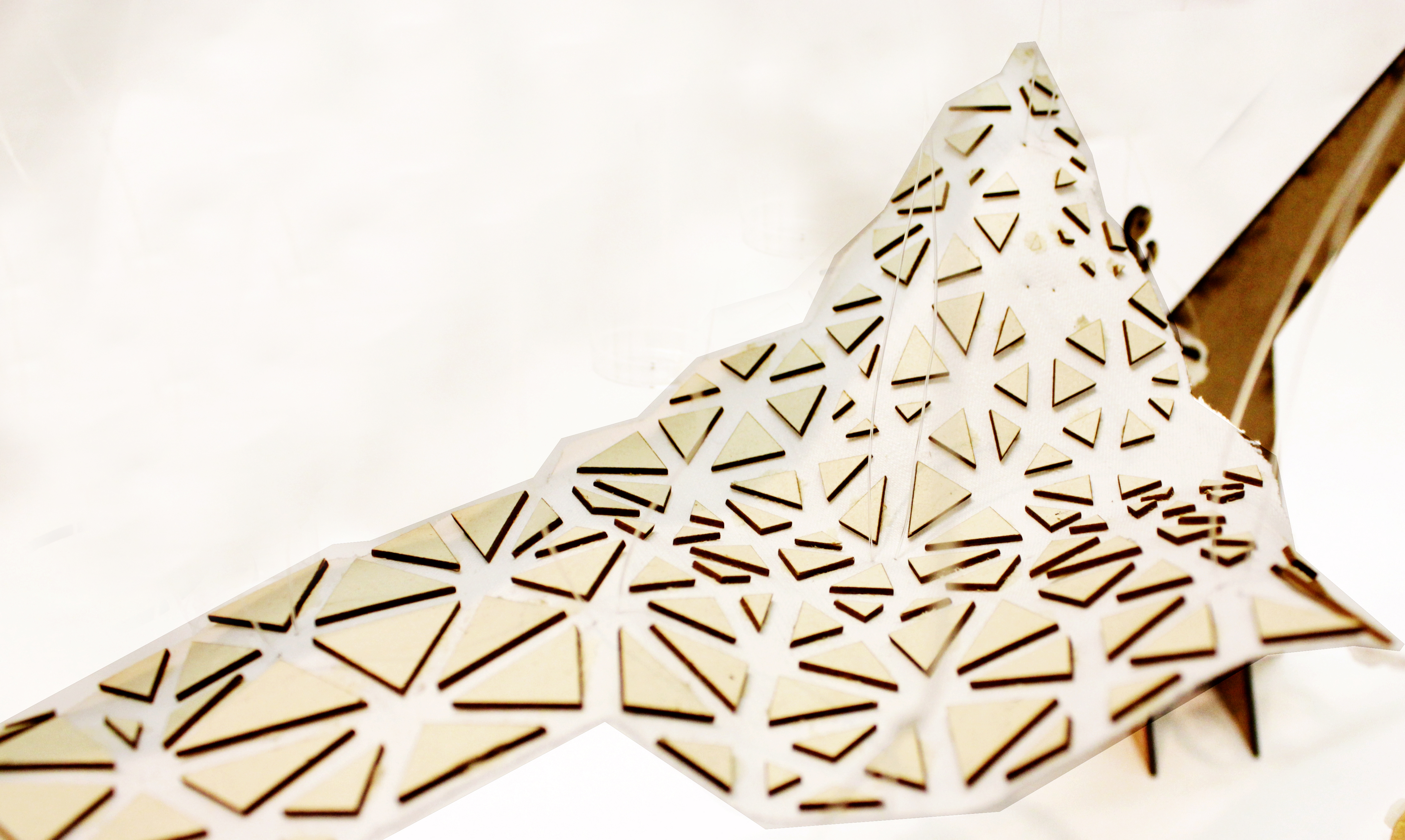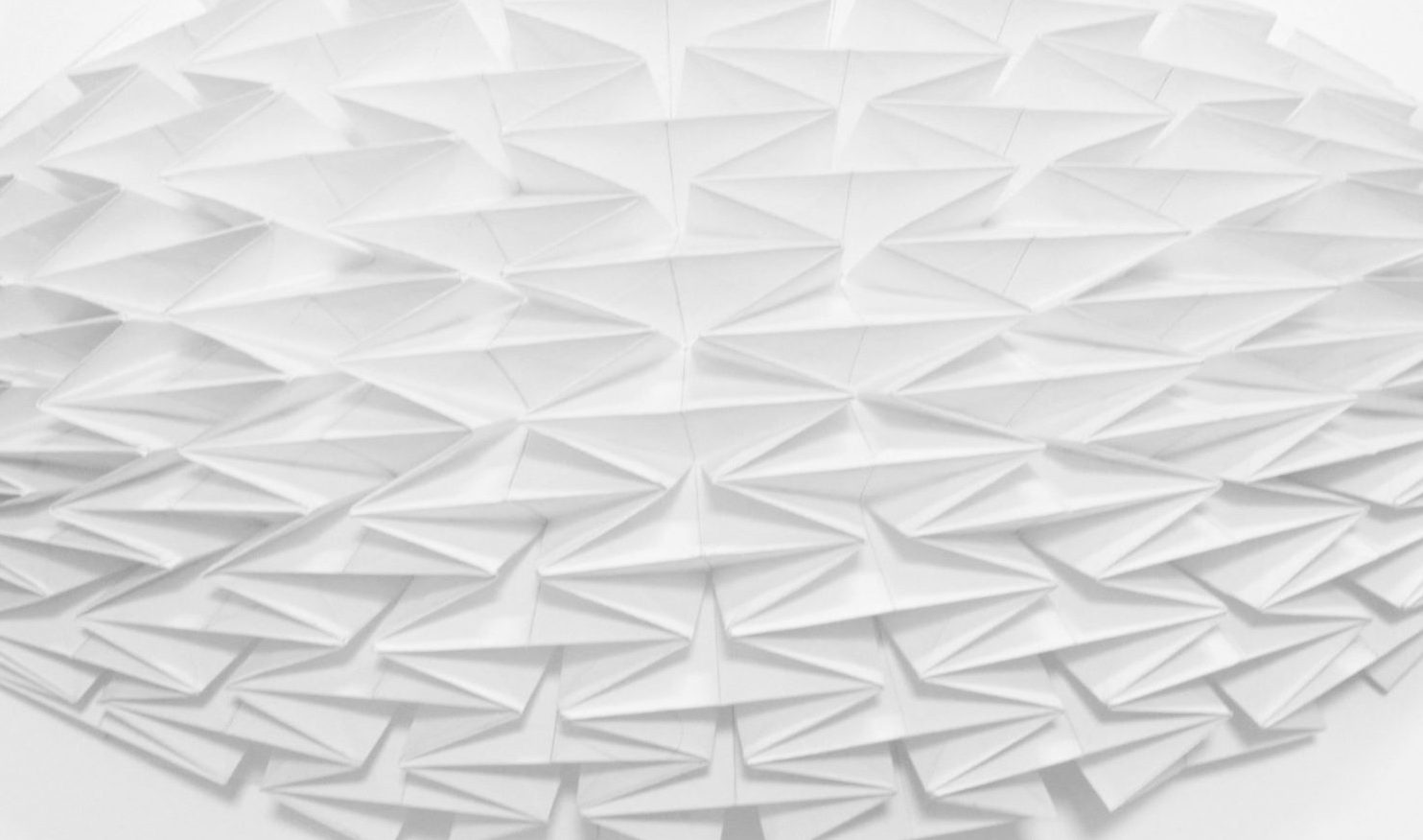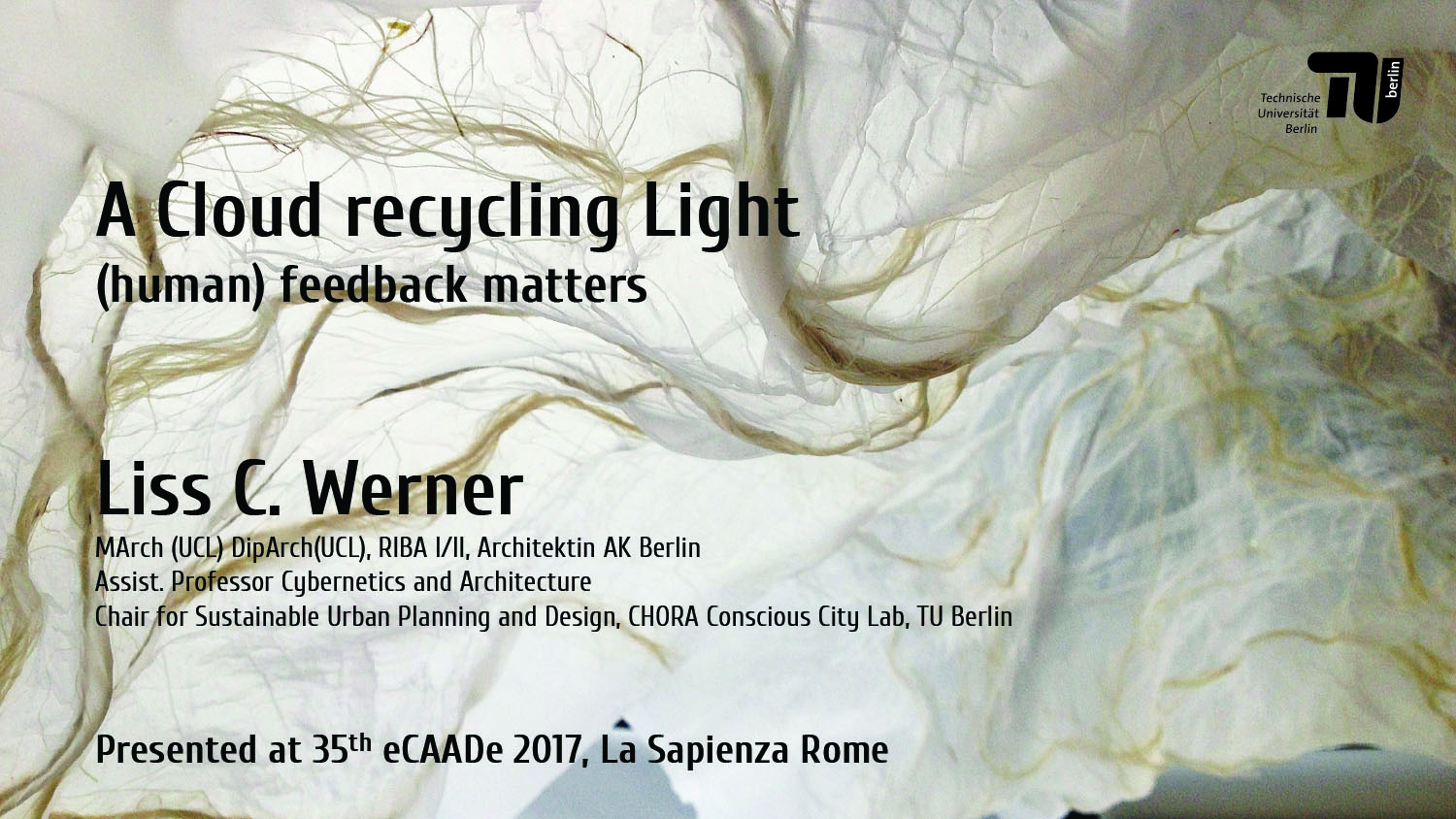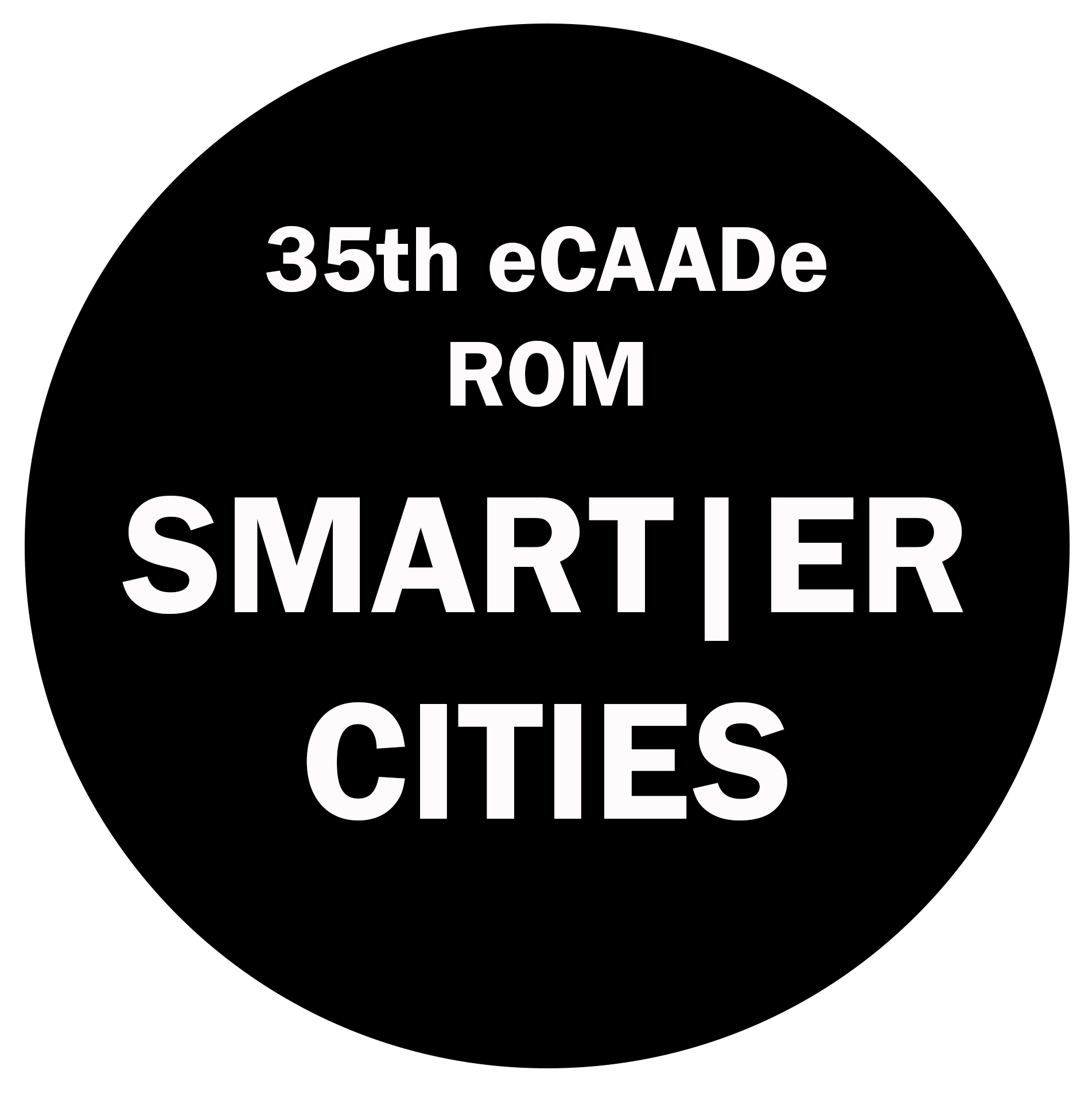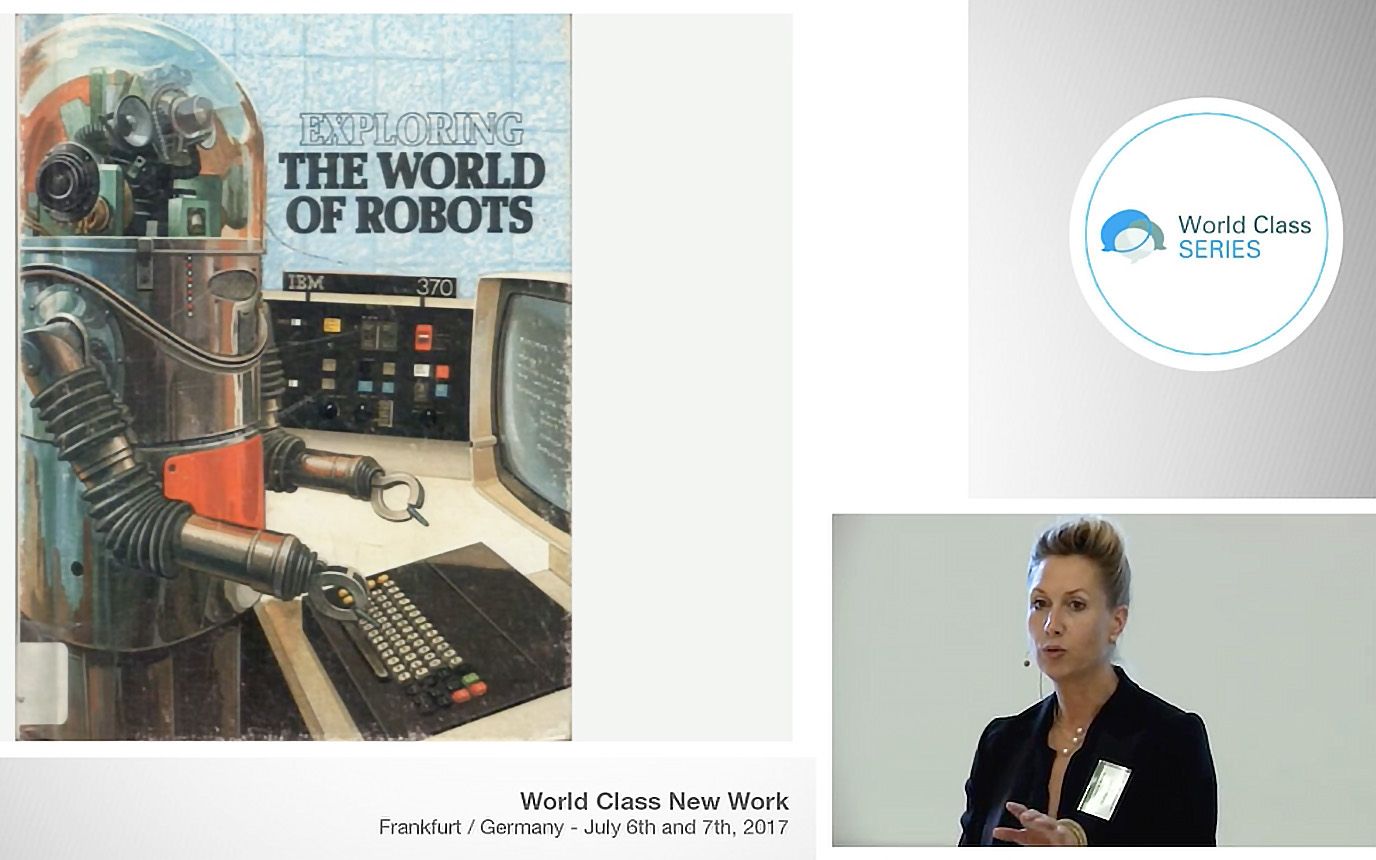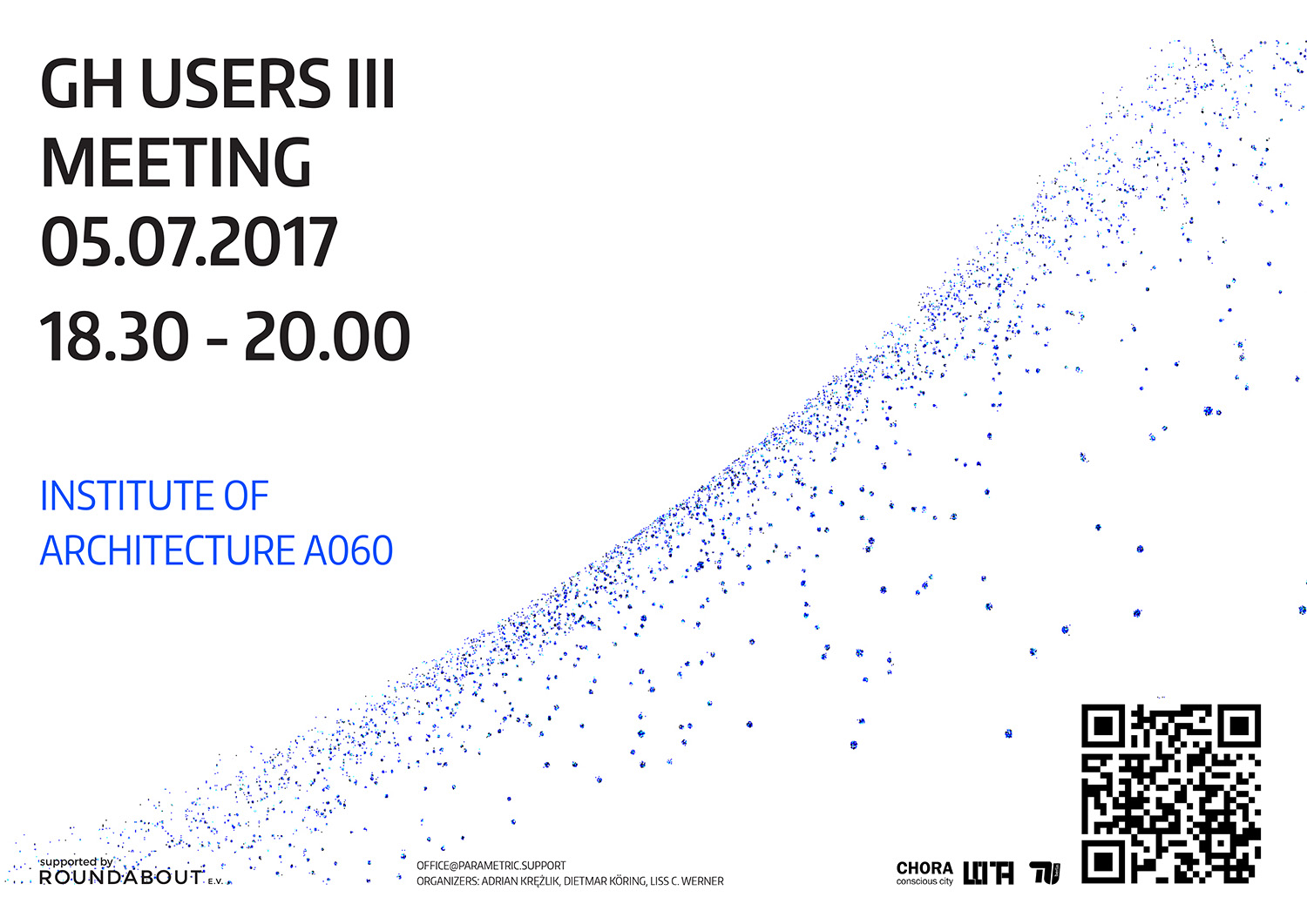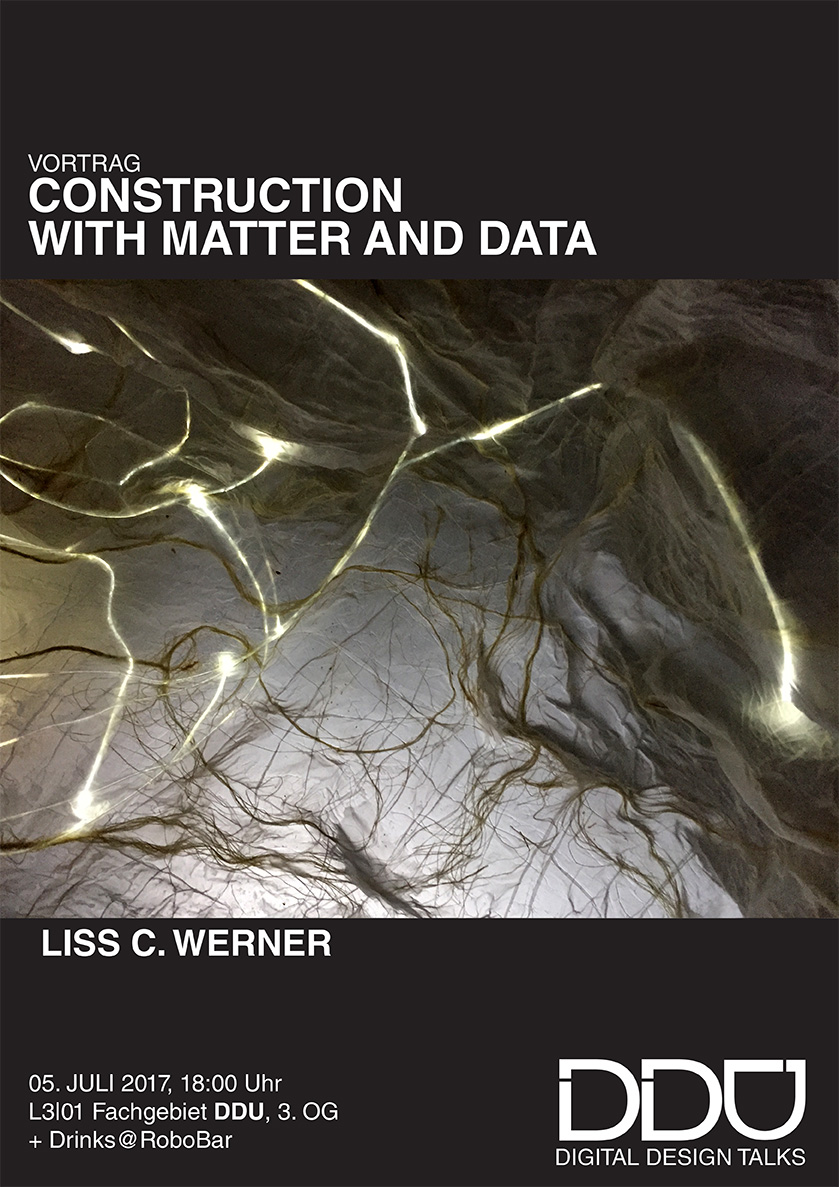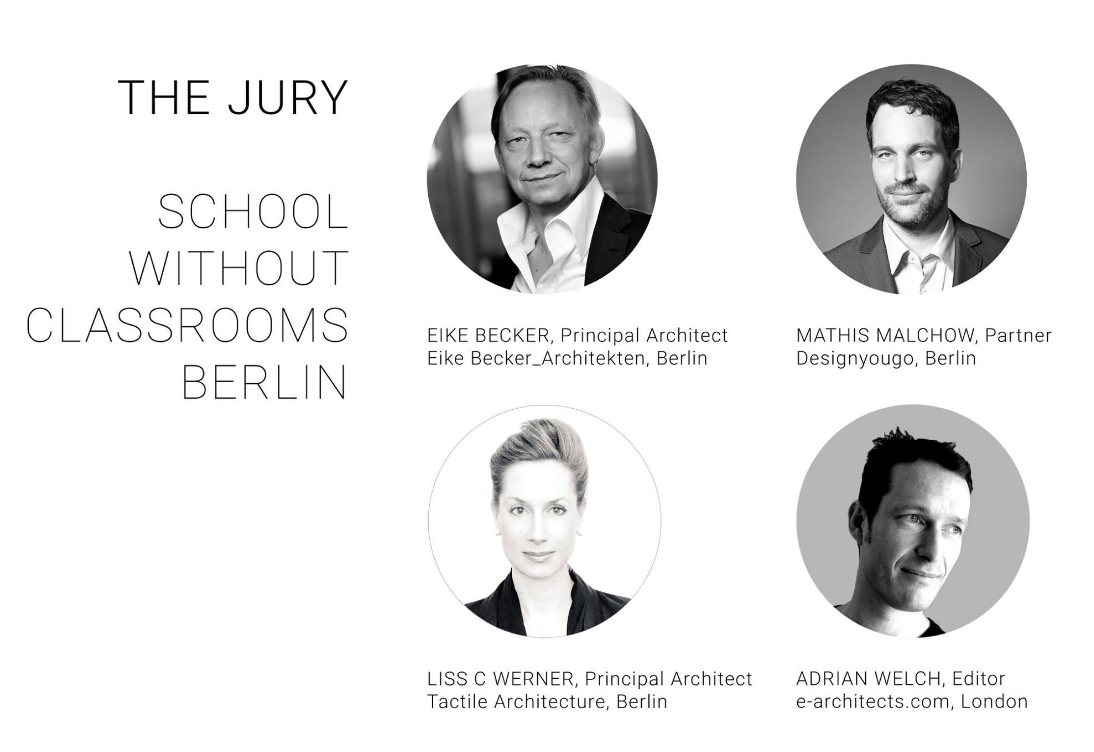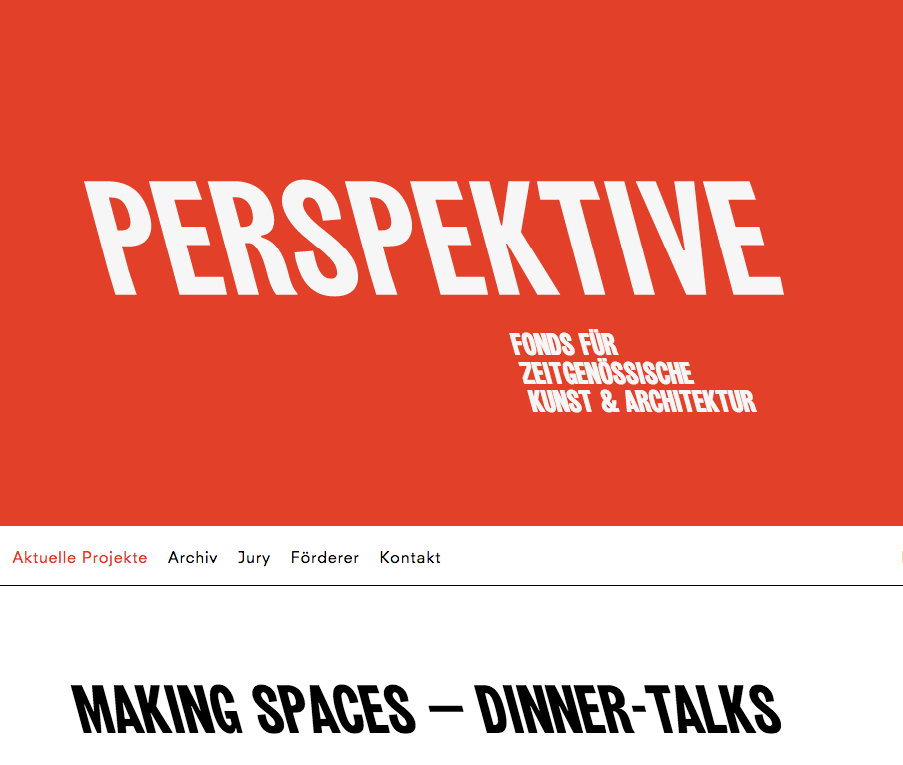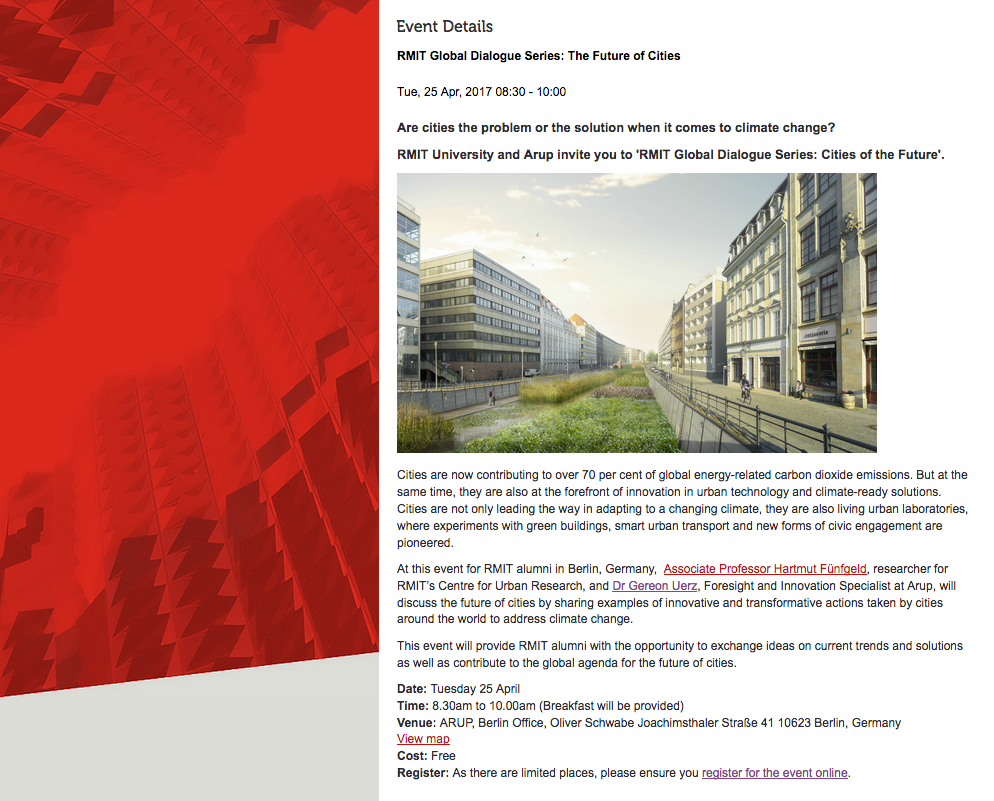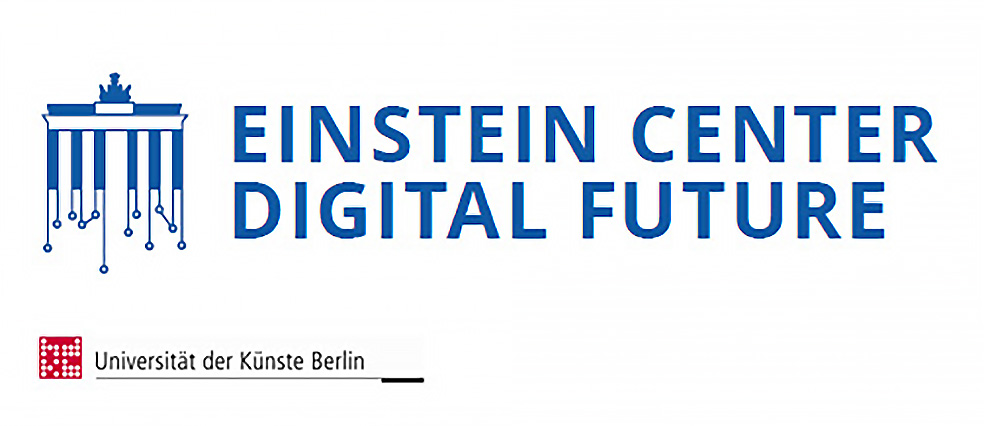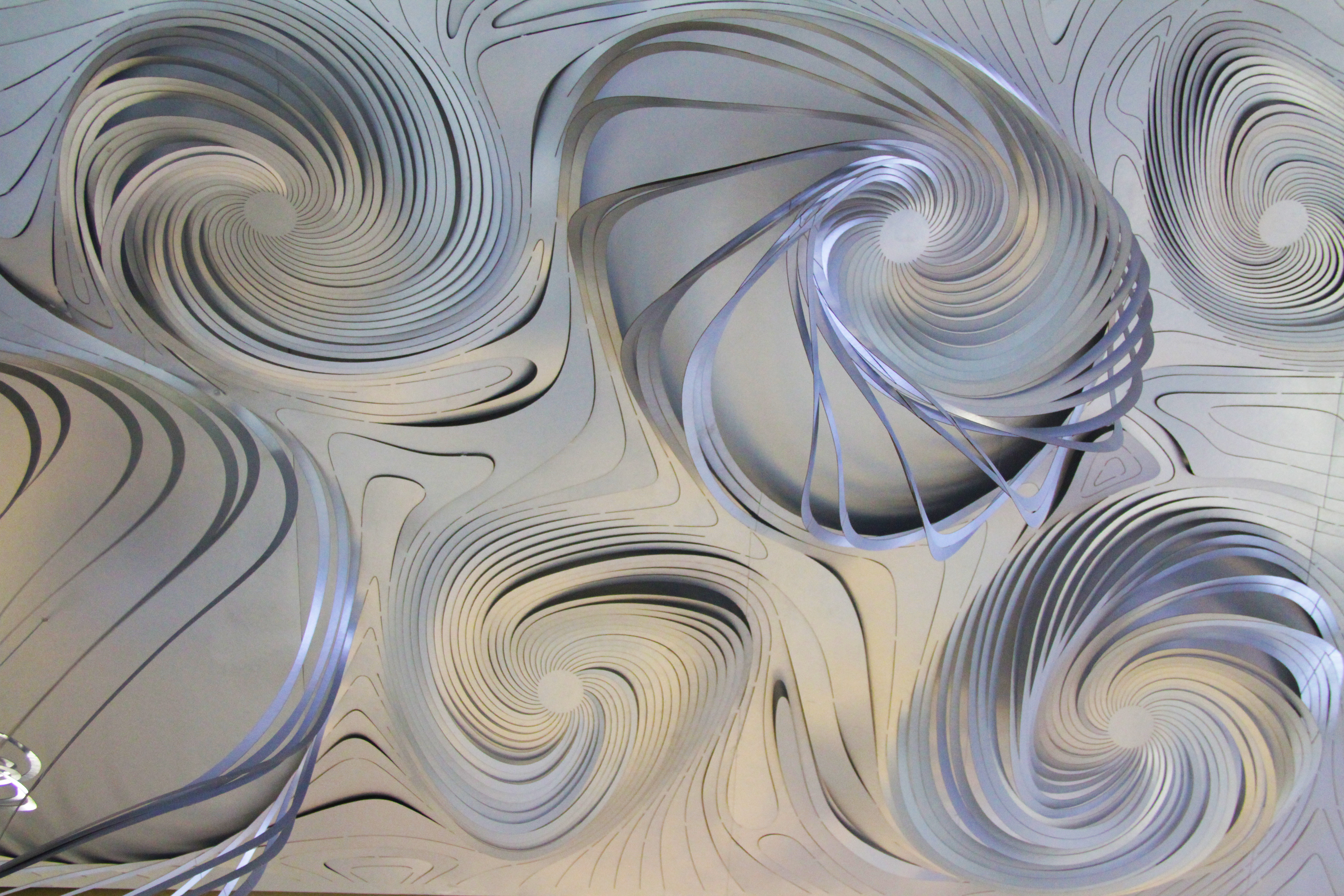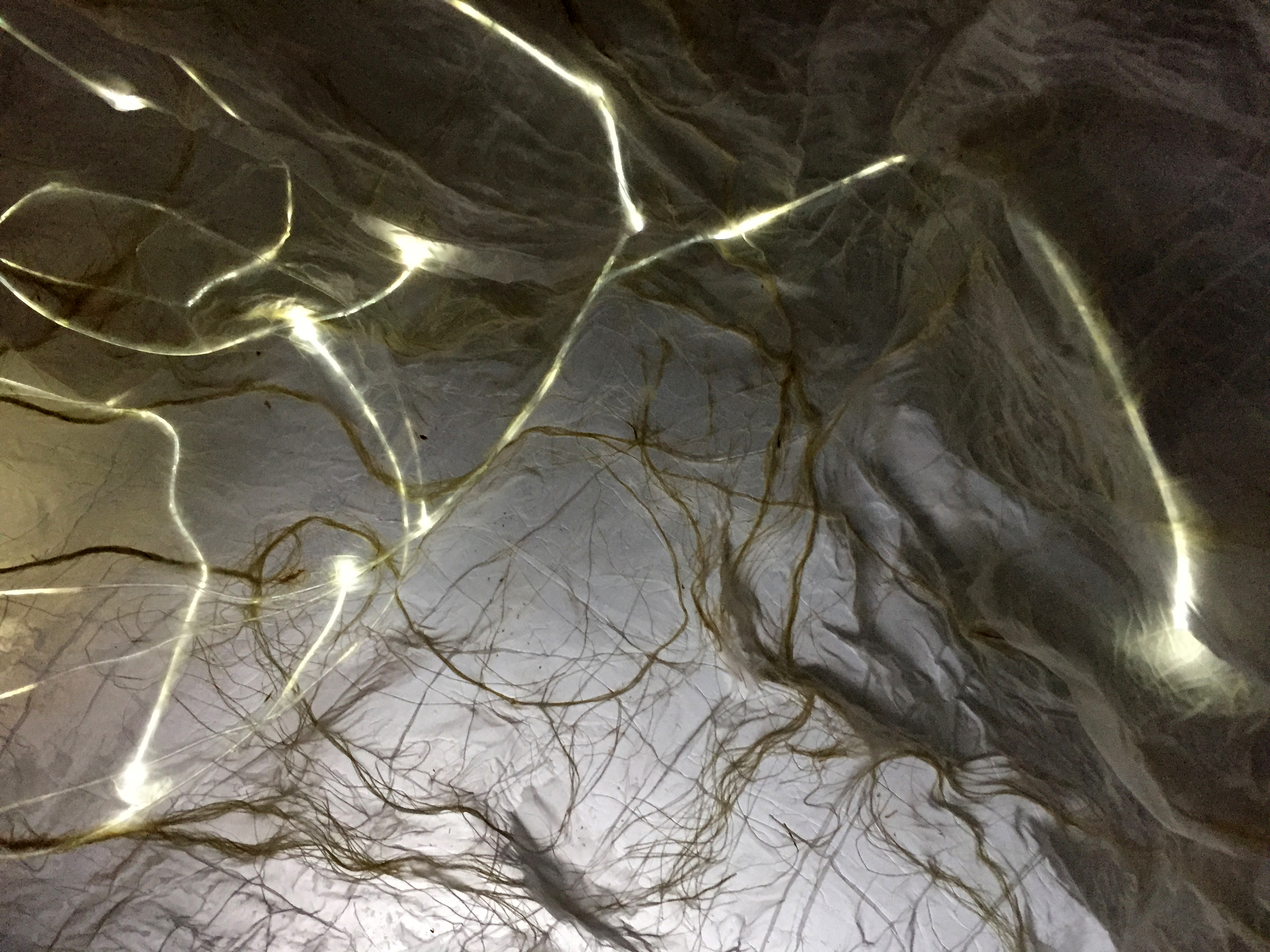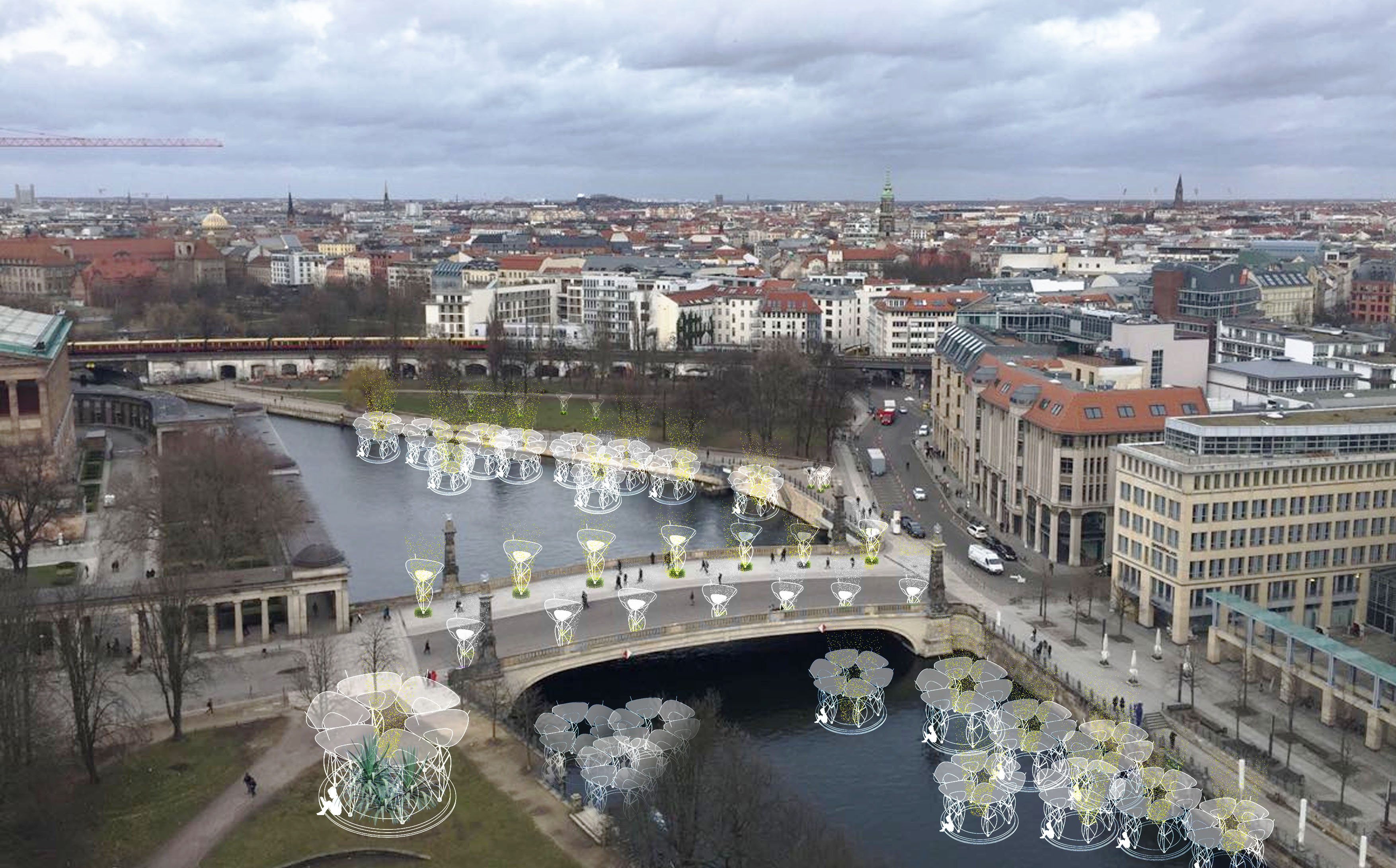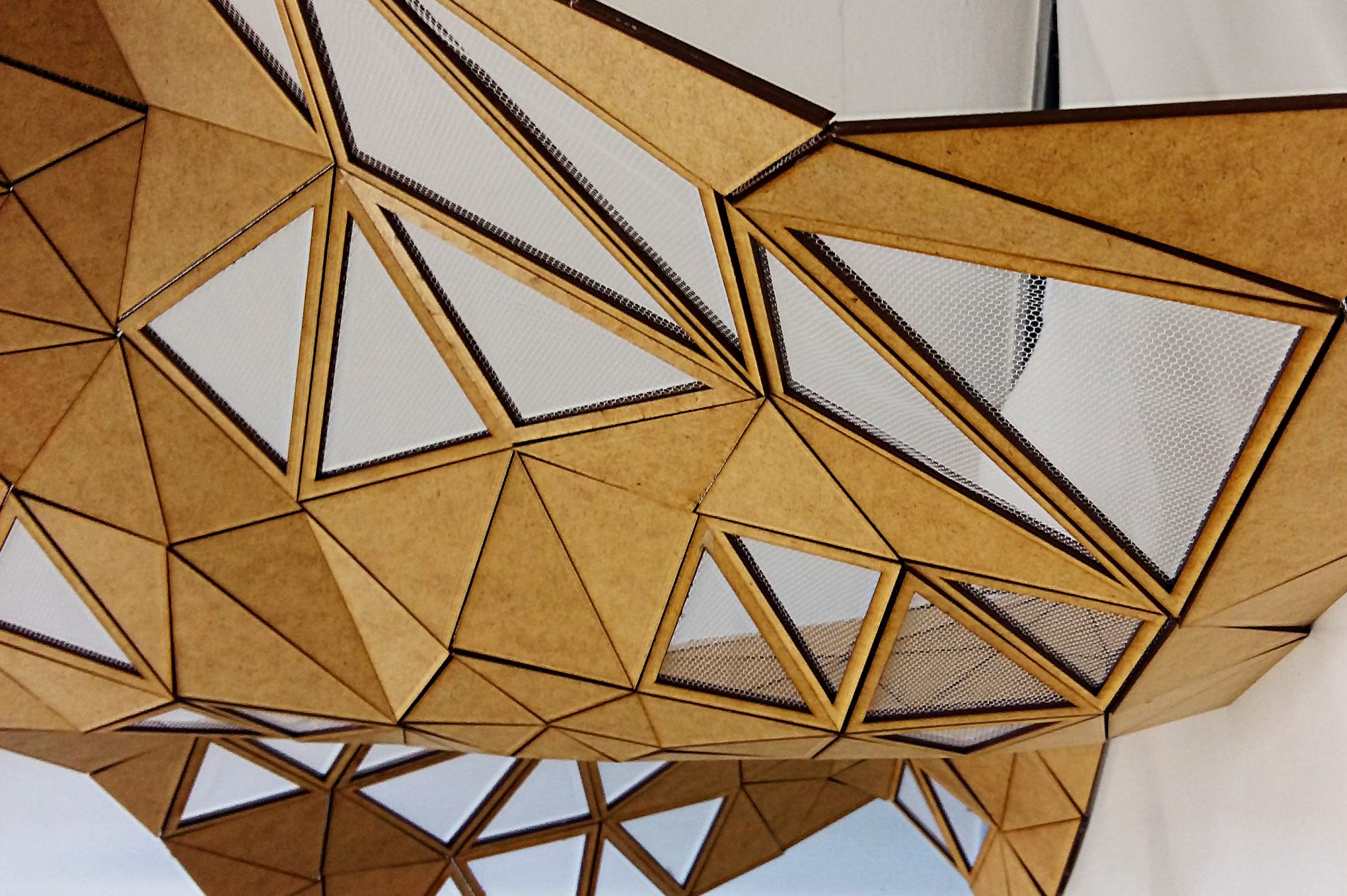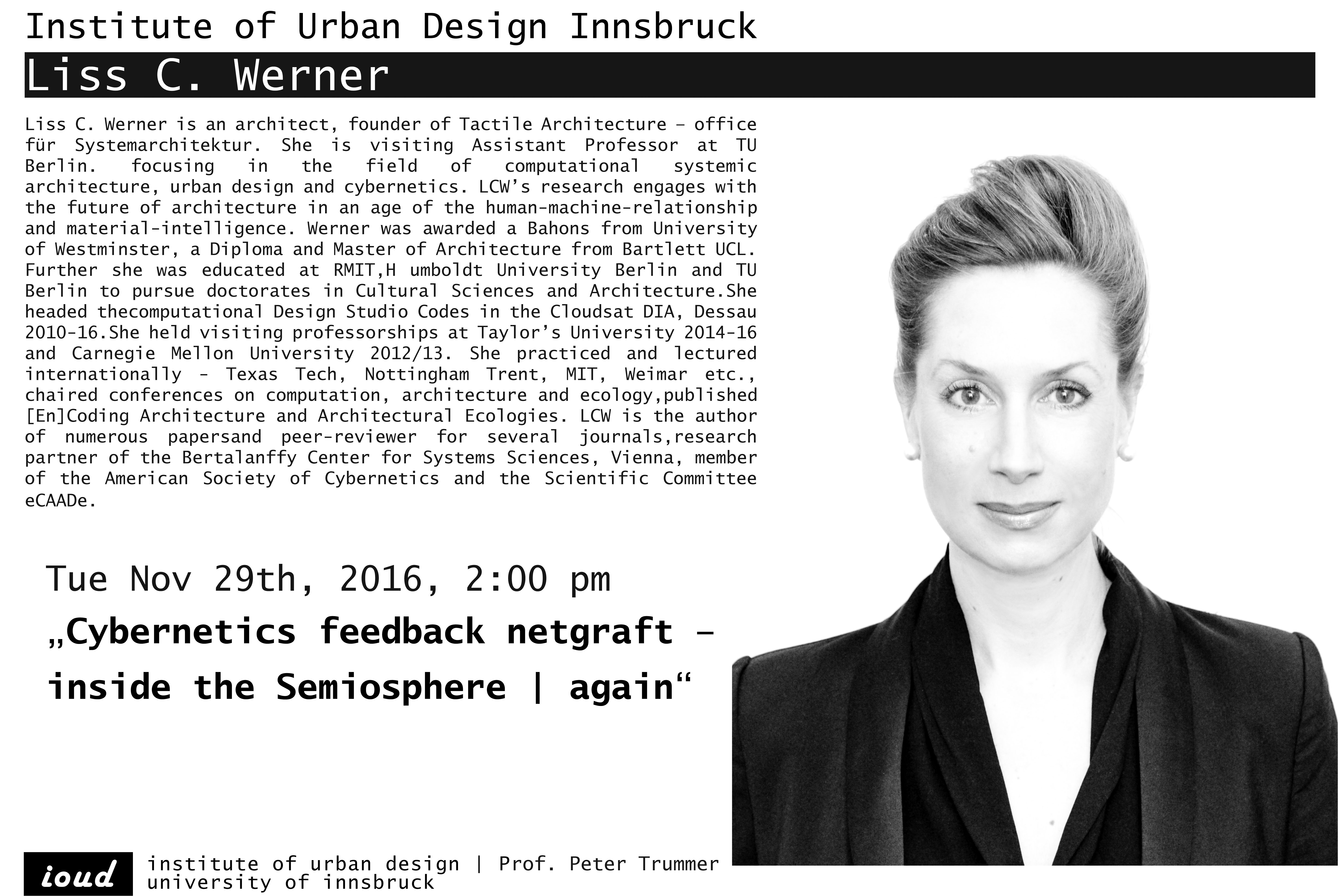GEOMETRY AND FORM III
Space is defined as complex system made up of individual characteristic points, nodes of an event, named architectural form. We define space as open and closed fields of pattern and language. In 300BC mathematics were discovered by Aristotle, geometry by Euclid. Since then geometry has been subjected to space, form, perception and social patterns. When Descartes discovered the coordinate system the relationship between geometry and architectural form became apparent. We investigate the basis and fundamental codes of architectural form through the language of geometry and algorithms. We examine the history of geometry, formal and cultural, and learn about the development and understanding of relationships between geometry, form and architecture. Students travel a journey from Aristotle via Euclid, Descartes, Kepler, Haeckel, Riemann and Voronoi to establish relationships between digital architects now and mathematicians in ancient Greece. We look at the understanding of geometry and form through the eyes of cybernetics.
‘Inside Out Kinetic Geometry – variety of modular operations’ focuses on the investigation and application of modular operations to better understand complex geometries. We do regard architecture as an assemblage of geometric pattern and result of networked behavior.

